10 Digital Marketing Trends for 2022, According to Experts
With each coming year, digital marketing gets more complicated. In addition to fundamentals like SEO, PPC, branding and UX, marketers now have to juggle emerging social channels and evolving regulations, along with content, automation and personalization, to name a few.
As we look ahead at what’s to come in the new year, we asked 30 marketers for the most important strategies they’re employing this year to extend reach, boost awareness and maximize revenue.
Here are the top 10 digital marketing trends of 2022 that it boiled down to.
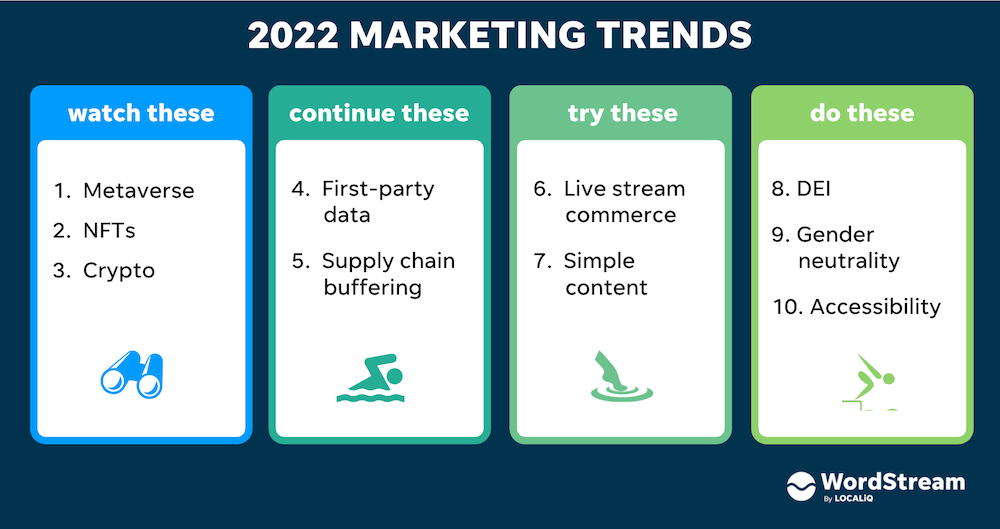
You may also be interested in our 19 best marketing strategies for 2022.
2022 digital marketing trends to watch
These first three trends are of a more emergent nature in that they may not be feasible for your business just yet, but they indicate the direction we’re headed in. So while you’re not going to create a $600,000 NFT gif, you should still keep an eye on them. Plus, the reasons behind these trends can help inform your approach with the strategies you’re using now.
1. The metaverse
So we’re not referring to Facebook [entirely] here. The metaverse refers to the virtual world of augmented reality, virtual reality, 3D holographic avatars, and video—and not just one-off experiences like with gaming, but a persistent environment where people work, play, and socialize.

Per Patrick Casey, director of growth marketing at digital health brand Felix Health, there’s good reason the metaverse is generating so much buzz lately—and brands should be thinking about this virtual space as part of their 2022 marketing strategies.
That’s in part because it has the potential to offer an entirely new set of performance metrics.
“Marketers will be able to experiment with how long virtual objects are held, how much space they take up in a user’s peripheral vision, and even where users are looking when experiencing an ad,” he said. “These insights have the potential to completely re-map what you know about your audience, providing invaluable direction going forward.”
Kent Lewis, president of digital marketing agency Anvil Media, agreed many brands will dabble with virtual worlds in 2022 and even though consumers “may be a few years from caring about the metaverse,” brands can still benefit from a first-mover advantage.
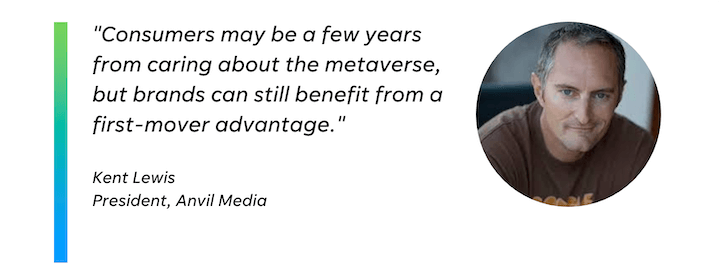
2. Non-fungible tokens (NFTs)
Beyond figuring out where brands fit in the metaverse, they’ll also have to experiment more with blockchain technology to prepare for Web 3.0—the next evolution of the web, which will be more decentralized, added Zach Passarella, marketing director of nutraceutical brand Supplement Manufacturing Partners.
“This preparation taken will pay off in the near future when the web turns into more of this type of realm after 2022,” he said.
One trending aspect of blockchain is non-fungible tokens (NFTs). Non-fungible means it can’t be exchanged for something of equal value, because it doesn’t have any equals. For example, the U.S. dollar is fungible. You can exchange a $100 bill for five $20 bills. But you can’t exchange your grandmother’s wedding ring—a non-fungible—for anything of equal value, because there’s an authenticity factor.
NFTs are the digital version of non-fungibles—uniquely created digital assets like an animation, graphic design, GIF, audio/video file, or meme—that exist on a blockchain.
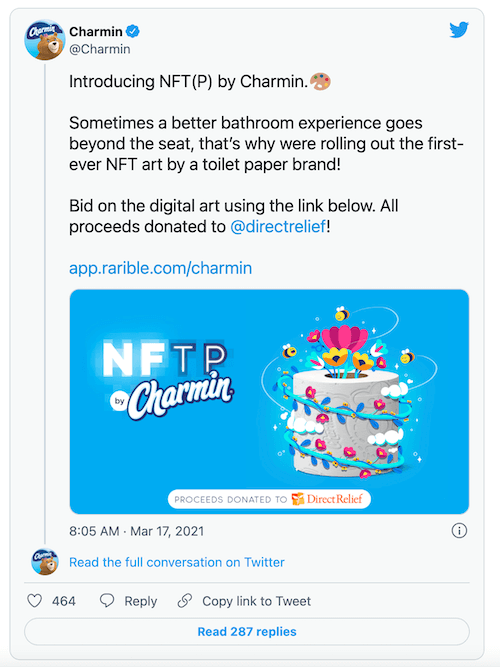
With brands like Campbell’s, Charmin, and Coca-Cola issuing NFT collectibles last year, Jeff Mains, CEO of consulting firm Champion Leadership Group, noted it’s a good time for other brands to figure out how they can tap into these digital assets so they aren’t left behind.
In addition, as brands like Adidas start to partner with NFT collections like the Bored Ape Yacht Club, Faizan Fahim, marketing manager at cloud hosting platform Breeze.io, noted we can expect more partnerships—and even brands starting to sell or give away their own NFTs as a way to build community among their customers.
3. Cryptocurrency
In a similar vein, we’ll continue to see the proliferation of cryptocurrencies in 2022 and savvy marketers will keep their eyes on this trend toward decentralized finance.
While still only used by a niche U.S. audience, accepting cryptocurrency now could help brands attract new customers—but only if the demographic is the right fit, said Andrea Chapman, marketing manager at cannabis site Nature and Bloom.
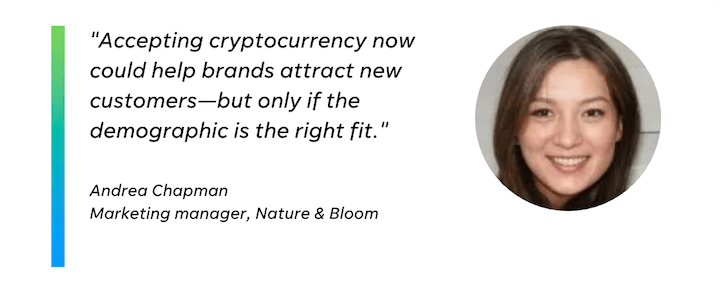
“In relation to payments, for example, cryptocurrencies are driving massive changes in relation to the biggest processors like Visa, PayPal, and MasterCard,” added Shaun Heng, vice president of growth and operations at price-tracking site CoinMarketCap. “This has big implications on how products and services engage with their customers and marketers will be eager to align themselves with the potential for increased demographic reach.”
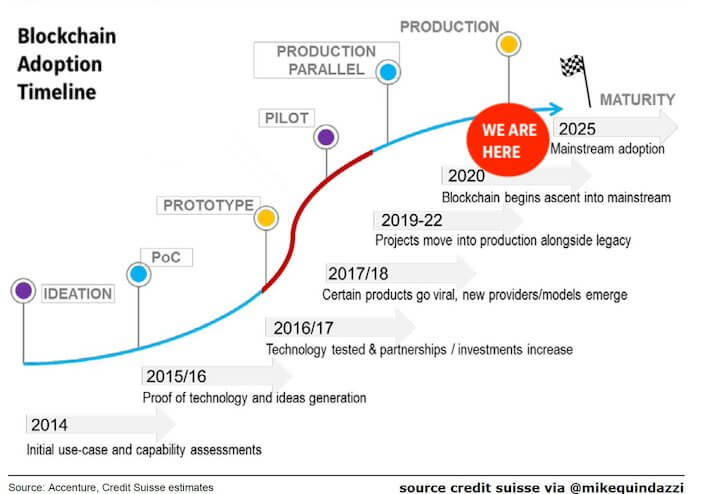
2022 digital marketing trends to continue
These two trends should come as no surprise to you. You most likely already are doing something along these lines, and you should absolutely continue.
4. Zero & first-party data
Marketers still have another year until Google phases out third-party cookies, which means 2022 will be the most important year for data and privacy yet.
“A lot of really good marketers still fail to realize that, in reality, your audience is owned by Facebook, Twitter, Instagram or any other social media network you use,” said Brian Snedvig, CEO Jofibo, which helps job seekers create resumes and cover letters. “You don’t have control over them. That is why 2022 should be the year you begin to own your audience.”
That means brands must integrate data collection methods that prioritize consumer privacy.
“Make sure your campaigns in 2022 assist you to create first-party data so you don’t have to rely on others’ data as much,” said Dan Close, CEO of real estate business We Buy Houses in Kentucky.
Options include email, newsletters, social media, and CRM tools.
Zero-party data, or data given directly by the consumer through online interactions like surveys, is also important, said Michelle Ebbin, founder of clothing brand Jettproof.
“While it will take more effort upfront, the data marketers are able to collect directly from their consumers can play a huge role in creating more personalized and tailored campaigns,” said Justin Smith, CEO of digital agency OuterBox.
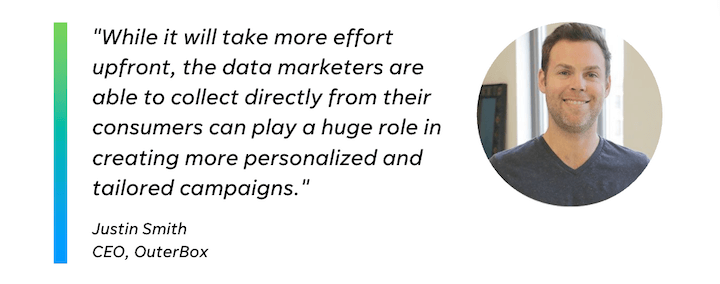
In addition, brands must ensure their agencies “have a clear plan in place for ad placement and measurement after the shift [away from third-party cookies],” Close added.
Marketers can also experiment with Google’s Privacy Sandbox to find new ways to access consumer information without jeopardizing privacy, Ebbin said.
5. Supply chain buffering
The 2021 holidays may be over, but headlines continue to blare about supply chain bottlenecks and their negative impact on the customer experience. That’s why Chelsea Cohen, co-founder of Amazon inventory management platform SoStocked, recommends aligning marketing goals with stock capacity.
In addition, brands will benefit from maintaining 30-day buffer stock.
“Your buffer stock, or backup inventory, safeguards you from stocking out during unexpected upsells,” Cohen added. “It ensures that there’s always enough product available to meet shipping deadlines, so customers won’t have to wait extra time for their order while you restock.”
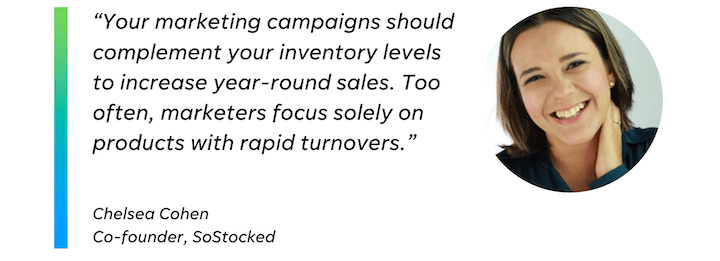
2022 digital marketing trends to try
These two trends are super doable, no matter your business size.
6. Social commerce
In 2021, retailers ranging from Walmart to Saks experimented with social commerce on platforms like TikTok and Instagram. This, too, will continue in 2022 as brands seek to shorten the distance from discovery to conversion.
“It gives marketers a whole new way to get their items in front of potential customers,” said Steve Pogson, ecommerce strategy lead at ecommerce firm FirstPier.
But this 2022 marketing trend isn’t limited to big brands.
According to CEO Jena Joyce, clean skincare brand Plant Mother saw a 100% increase in revenue and a 1280% increase in referral traffic after launching an Instagram shop in November 2021.
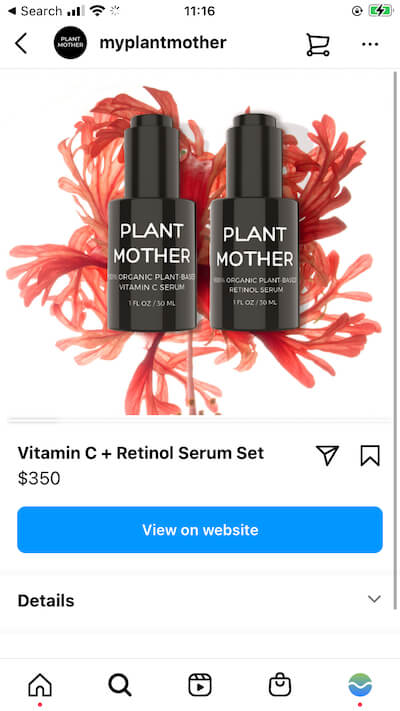
“Being a new brand who can’t compete with large beauty companies with hefty advertising budgets, Instagram shopping proved to be a profitable alternative to paid ads,” she said.
…particularly, Shoppable livestreams
Livestream commerce offers plenty of potential, too.
Rob Illidge, CEO of social media agency Social Republic, noted consumers spend three times longer watching live videos than pre-recorded visual content, which is in part why so many platforms are making a push into what he estimated to be a $70-billion space.
Livestreams have also gotten a boost from the pandemic by offering a safe alternative to in-store shopping.
Per Jeff Moriarty, marketing manager of Moriarty’s Gem Art, the jewelry brand started doing shoppable Facebook and YouTube live videos in 2021 to allow viewers to see products, ask questions, and, of course, buy merchandise.
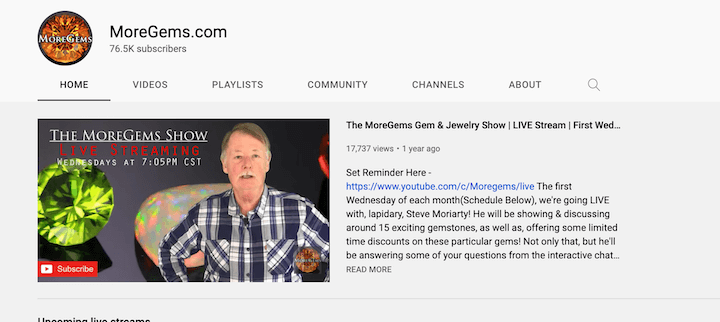
“We are now getting about 1500+ viewers watching our show each time,” he said. “Not only has it helped to stay connected with our customers via social media and YouTube, it has generated a ton of sales for our business.”
In fact, in November 2021 alone, Moriarty’s made $30,000 from its livestream show.
7. Simple content
While content marketing has long been a cornerstone of digital marketing, 2022 will be the year marketers embrace simplicity and clarity in content.
“The internet is now flooded with content,” said Hilda Wong, founder of content agency Content Dog. “Your customers have a long list of content to choose from and yours needs to stand out to be noticed in the first place.”
How do brands accomplish this? Hint: They don’t need a lot of flowery prose.
“You need to maintain clarity with your content,” she added. “It doesn’t have to be complicated. It needs to be understandable for the general public. Clear content will get you a more effective reach.”
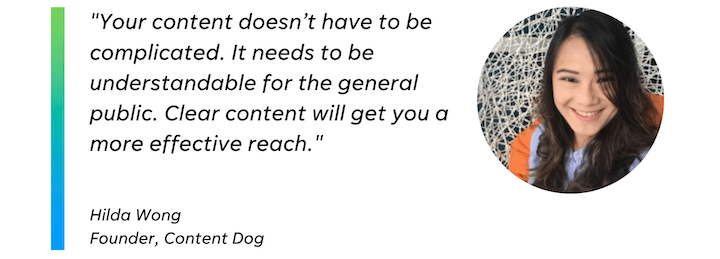
Tim Clarke, director of sales and marketing at SEOBlog.com, agreed brands should focus on providing meaningful experiences to users—and they want simple content.
“In 2022, everything will be algorithm-driven and brands should provide a user experience that customers want, or their content will be less relevant,” he said. “The amount of information on the internet is enormous and it’s becoming increasingly challenging to absorb all the data presented. So, to stand out from the crowd, delivering informative yet straightforward content will be a wise choice.”
2022 marketing trends to hop on ASAP
These are your non-negotiables.
8. Sustainability & DEI
In recent years, brand values have become increasingly important to consumers and this, too, will continue in 2022.
Per Laurel Mintz, CEO of marketing agency Elevate My Brand, this includes both being transparent about sustainability (green marketing tips here), as well as DEI efforts, within brand messaging.
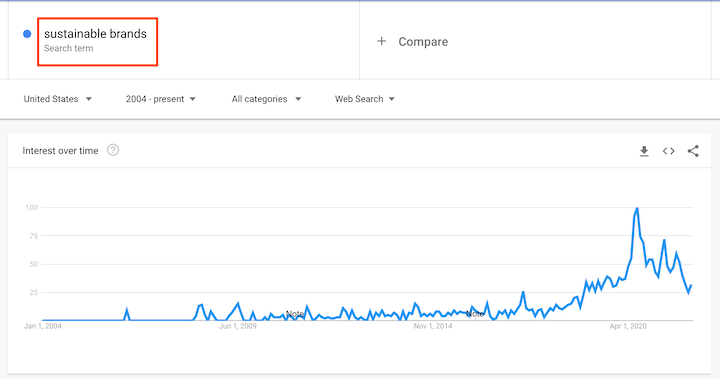
“As a result, core values will need to permeate all levels of a company in order to appear legitimate and show a real impact,” she said.
It could go as far as even partnering with a nonprofit. That’s according to David Bitton, CMO of rental management platform DoorLoop, who said brands can both increase their customer bases and make positive impacts by teaming with a relevant nonprofit.
“It’s a win-win situation where you can make a significant contribution to humanitarian efforts while simultaneously improving your brand and reach,” he said. “However, merely expressing your support for specific NGOs would not suffice…consider affiliate marketing, giving a portion of your revenue or profit to the organization and corporate funding as part of your marketing strategy.”

Indeed, Talyah Regusters, assistant account manager at digital marketing firm LMR Marketing, pointed to Google’s 2021 Year in Search report, which showed interest in “how to conserve,” “impact of climate change,” and “sustainability” reached all-time highs.
“If your company or product can speak to any of these issues, 2022 is the time to proudly own it,” she said.
Research shows consumers are otherwise willing to vote with their wallets and switch to brands that do reflect their values. Or, as Kevin Froehlich, paid media manager at the agency Duckpin, put it, “What a company believes has become as important as what a company does.”
He pointed to Lego’s recent donation to the German Red Cross to help build kindergartens and a family aid center in a flood-stricken region of Germany. “It’s nice to know that all my unabashed spending on toys is helping to make part of the world a better place,” he added.
9. Gender neutrality
In 2021, we saw brands like Old Navy and Pacific Sunwear release gender-neutral clothing collections. This trend toward inclusivity is ongoing.

In fact, Damien Buxton, managing director of web design firm Midas Creative, expects to see more brands shy away from traditional gender roles in their marketing efforts to prevent alienating any customers.
“The dynamics of households and people have changed and continue to change,” he said. “Marketing will become more gender-neutral and less focused on pre-conceived ideas of what sex an individual is and what they should be seeing.”
Stewart McGrenary, director at mobile recycling comparison site Freedom Mobiles, agreed it is now vital “for brands to authentically reflect a range of backgrounds within their marketing messages” as the population diversifies more and more.
That’s in part because showing customers other individuals who look and live like they do helps consumers feel represented and therefore drawn to that brand, added Nathalie Walton, CEO of wellness app Expectful.
10. Accessibility
We can also expect to see more accessibility from brands, like department store JCPenney, which released an inclusive line of children’s clothing, including pieces for kids with disabilities, last year.

Consultant Svetlana Kouznetsova, who works with businesses on improving their accessibility strategies, noted there are nearly two billion disabled people worldwide, who have $1.9 trillion in disposable income.
“If our needs are ignored, businesses will lose not only us, but also our family, friends, and colleagues that that make up another 3.4 billion potential customers,” she said. “Together we control $13 trillion.”
Carter Seuthe, CEO of Credit Summit Payday Loan Consolidation, agreed the push for accessibility “widens your audience and allows people who wouldn’t normally consider your products the chance to be exposed to them.”
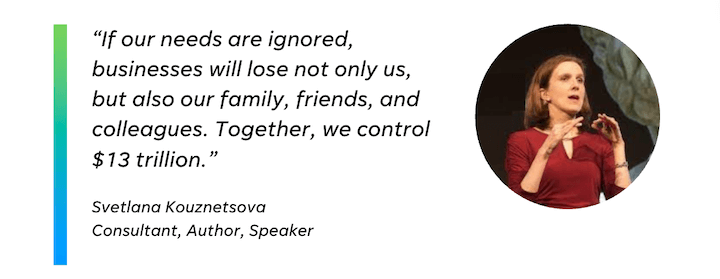
2022 digital marketing trends [recap]
Some of these trends will may be easier for your business to hop onto than others. In some cases, you can note them as general directions to keep an eye on—but remember, the sooner you can take action, the better. Your current year’s strategy should always have future years in mind!
To recap, the top digital marketing trends for 2022 are:
- The Metaverse
- Non-fungible tokens
- Cryptocurrency
- Zero and first-party data
- Supply chain buffering
- Social and live stream commerce
- Simple content
- Sustainability and diversity, equity, and inclusion (DEI)
- Gender neutrality
- Accessibility
Source: https://www.wordstream.com/blog/ws/2022/01/13/digital-marketing-trends-2022


